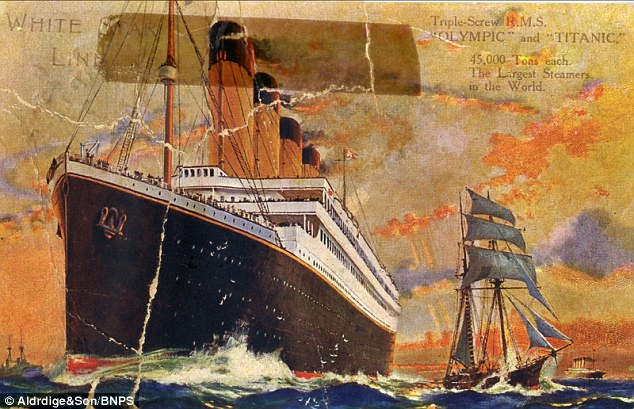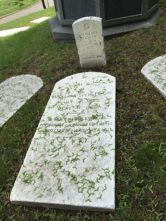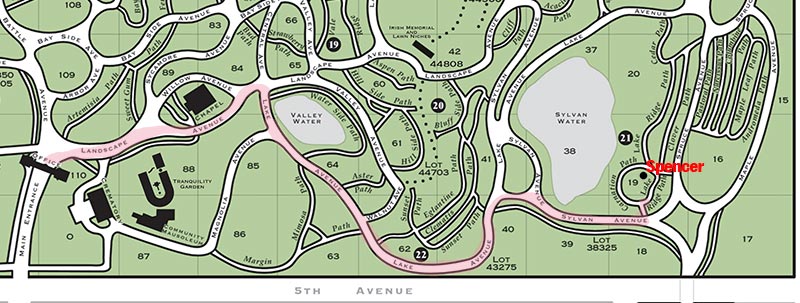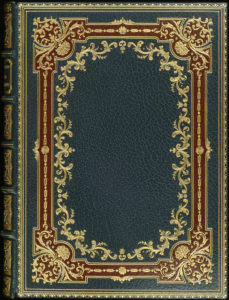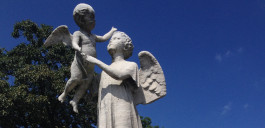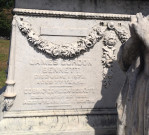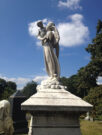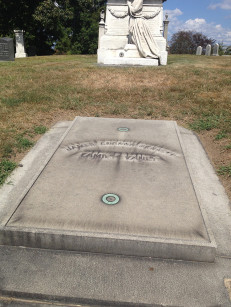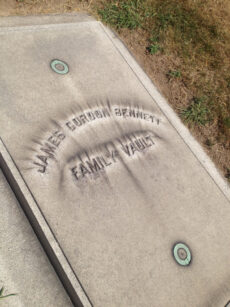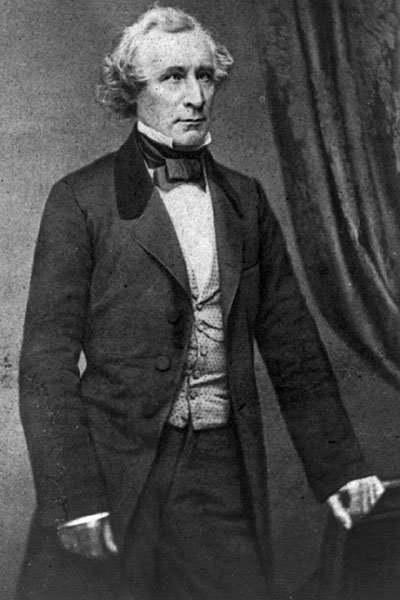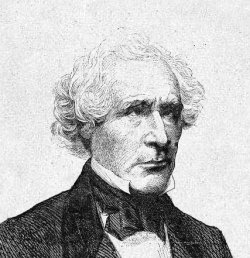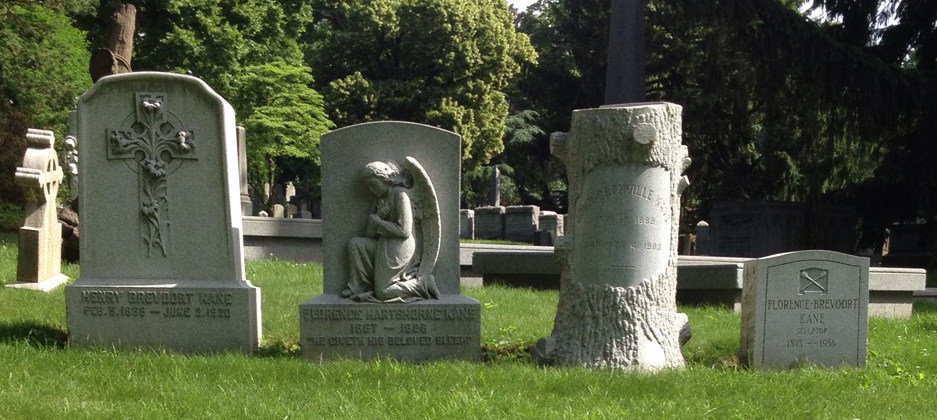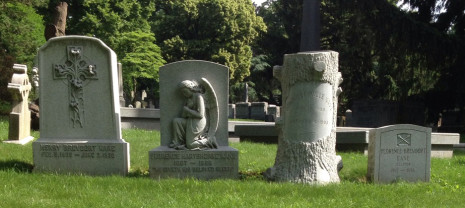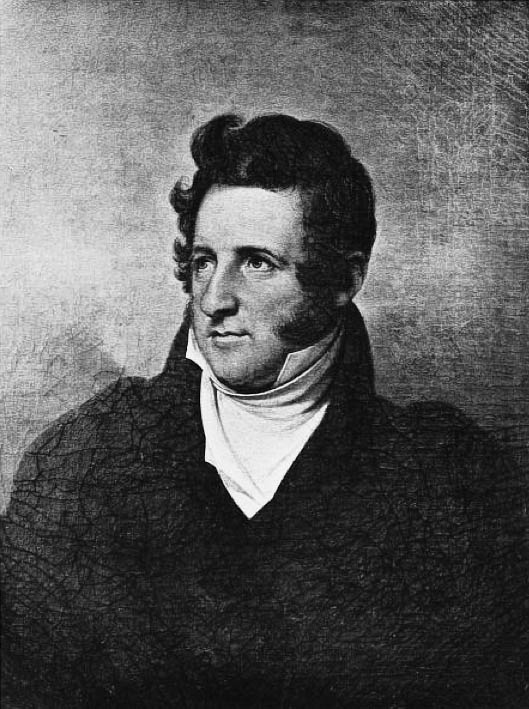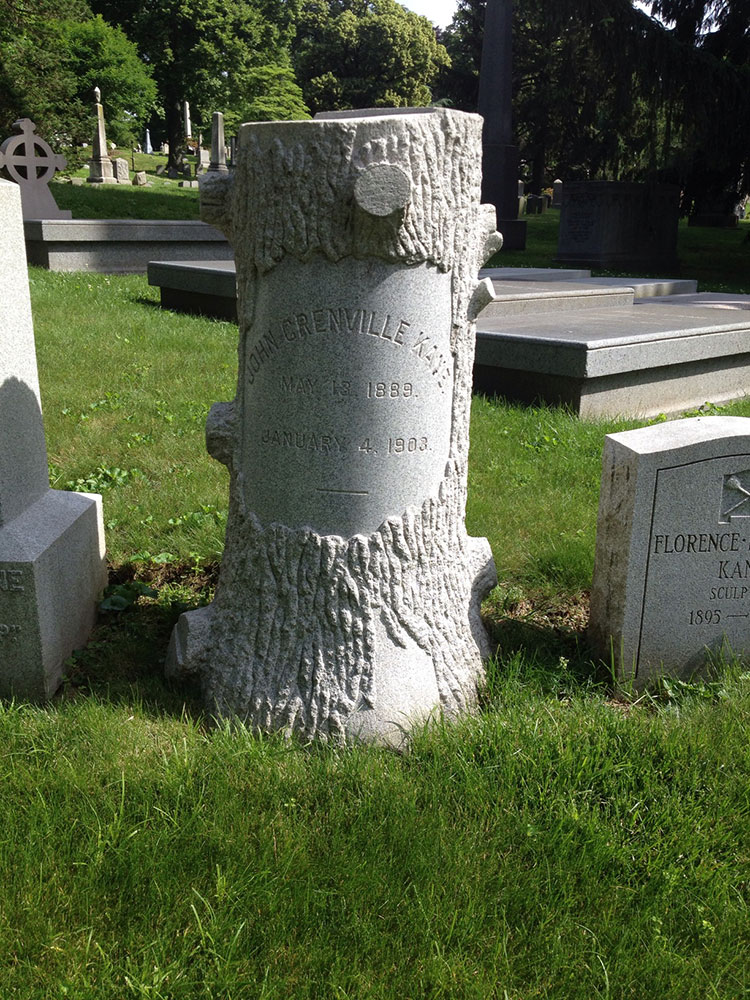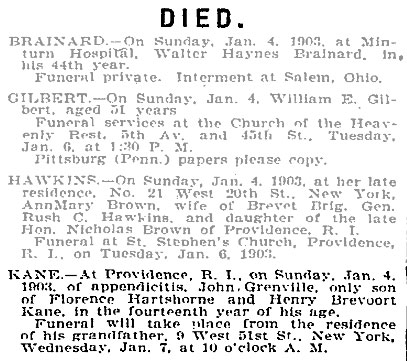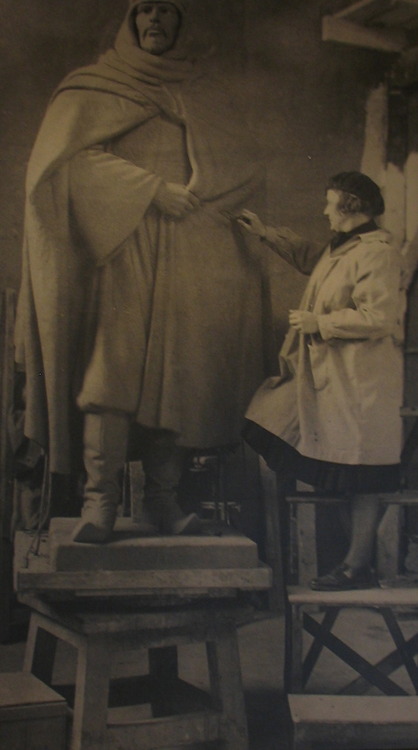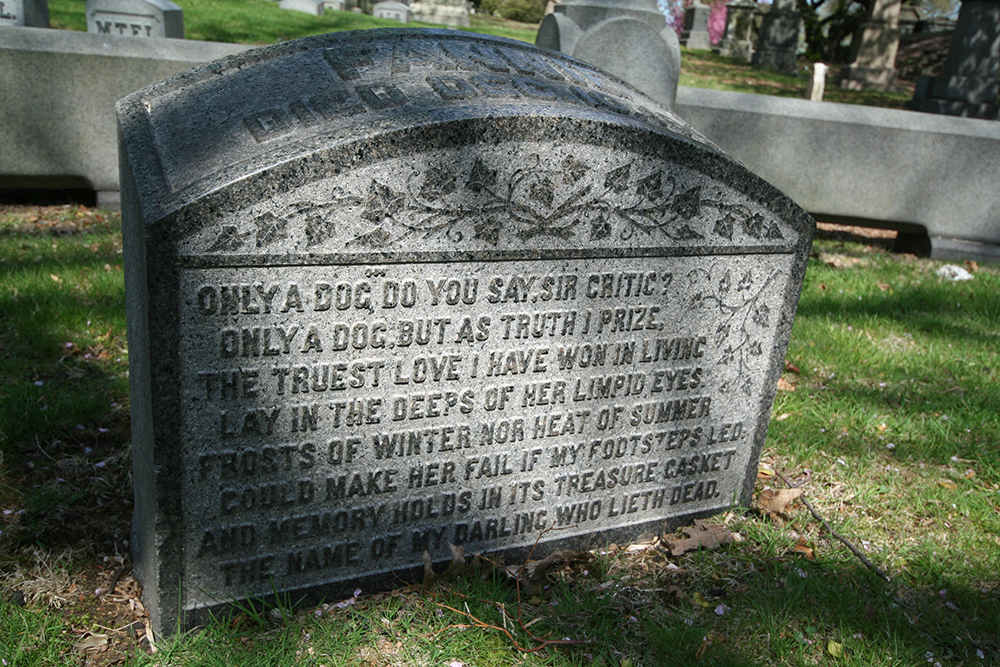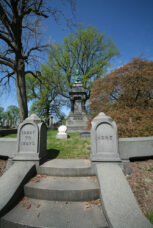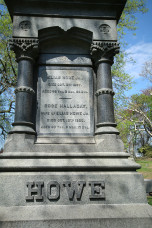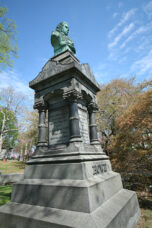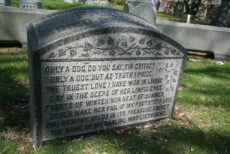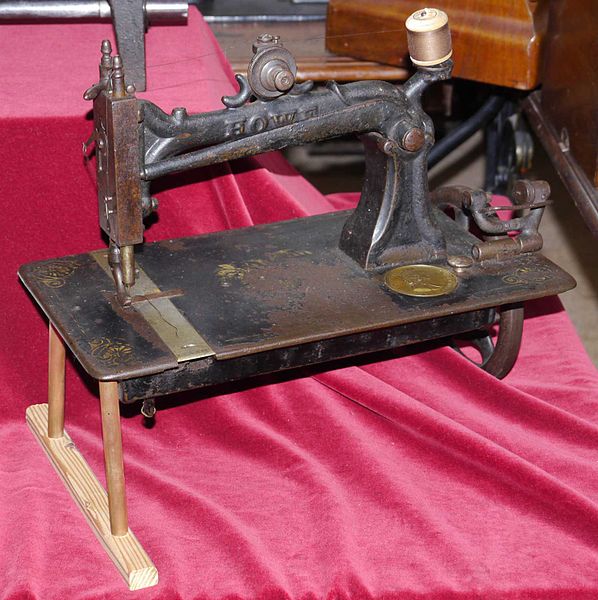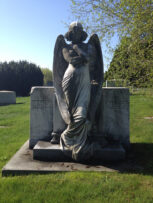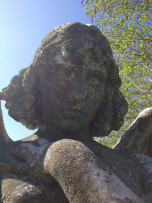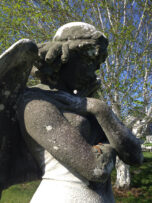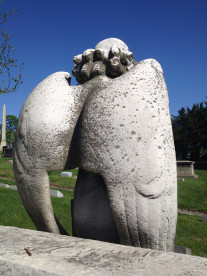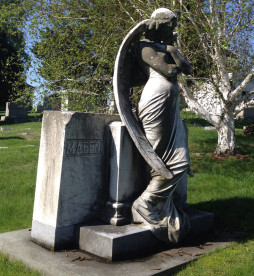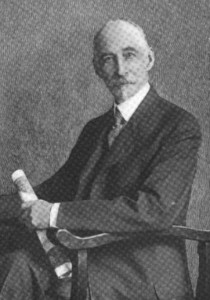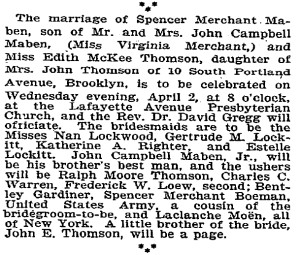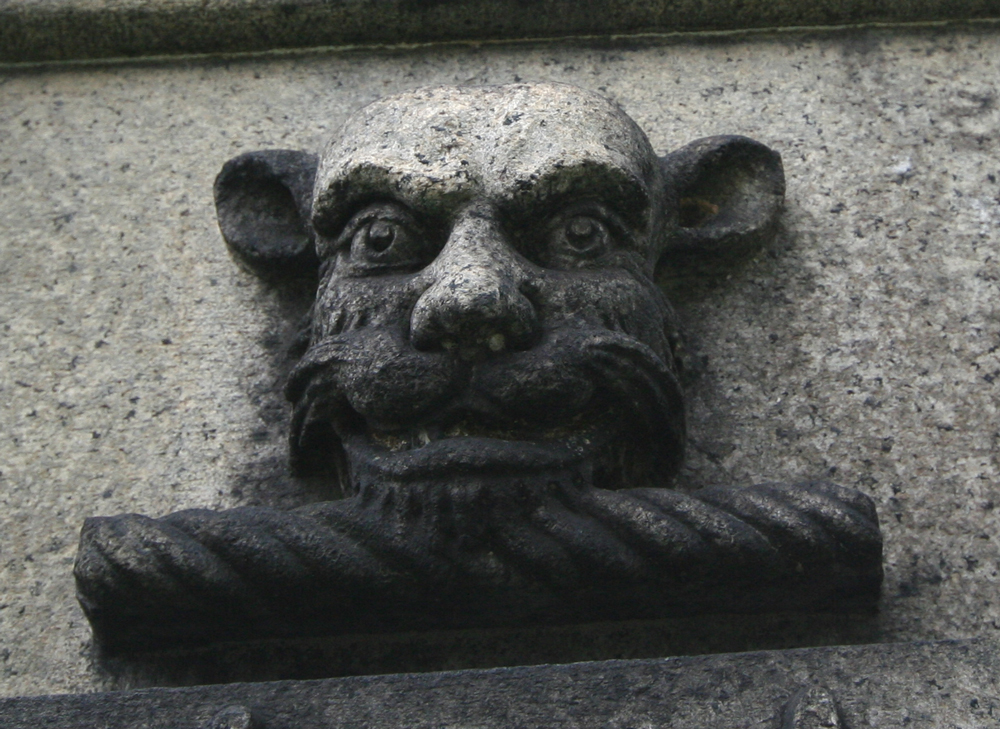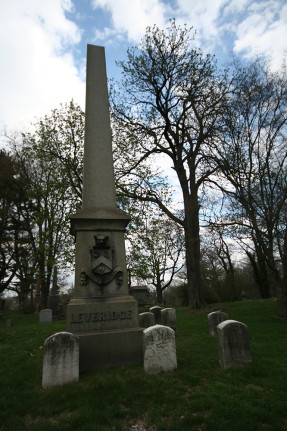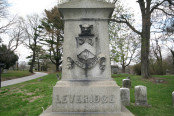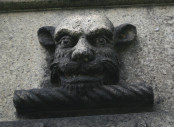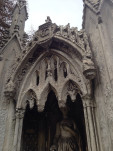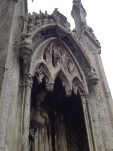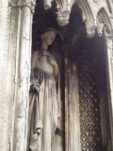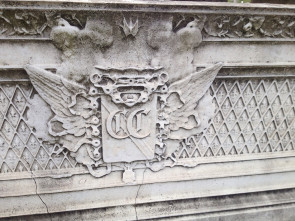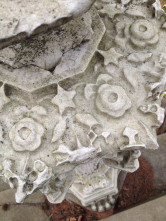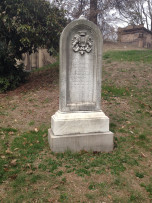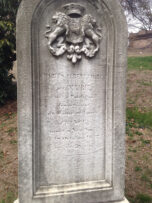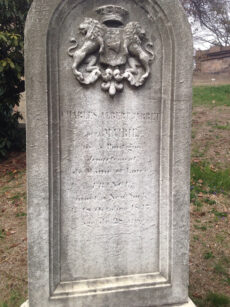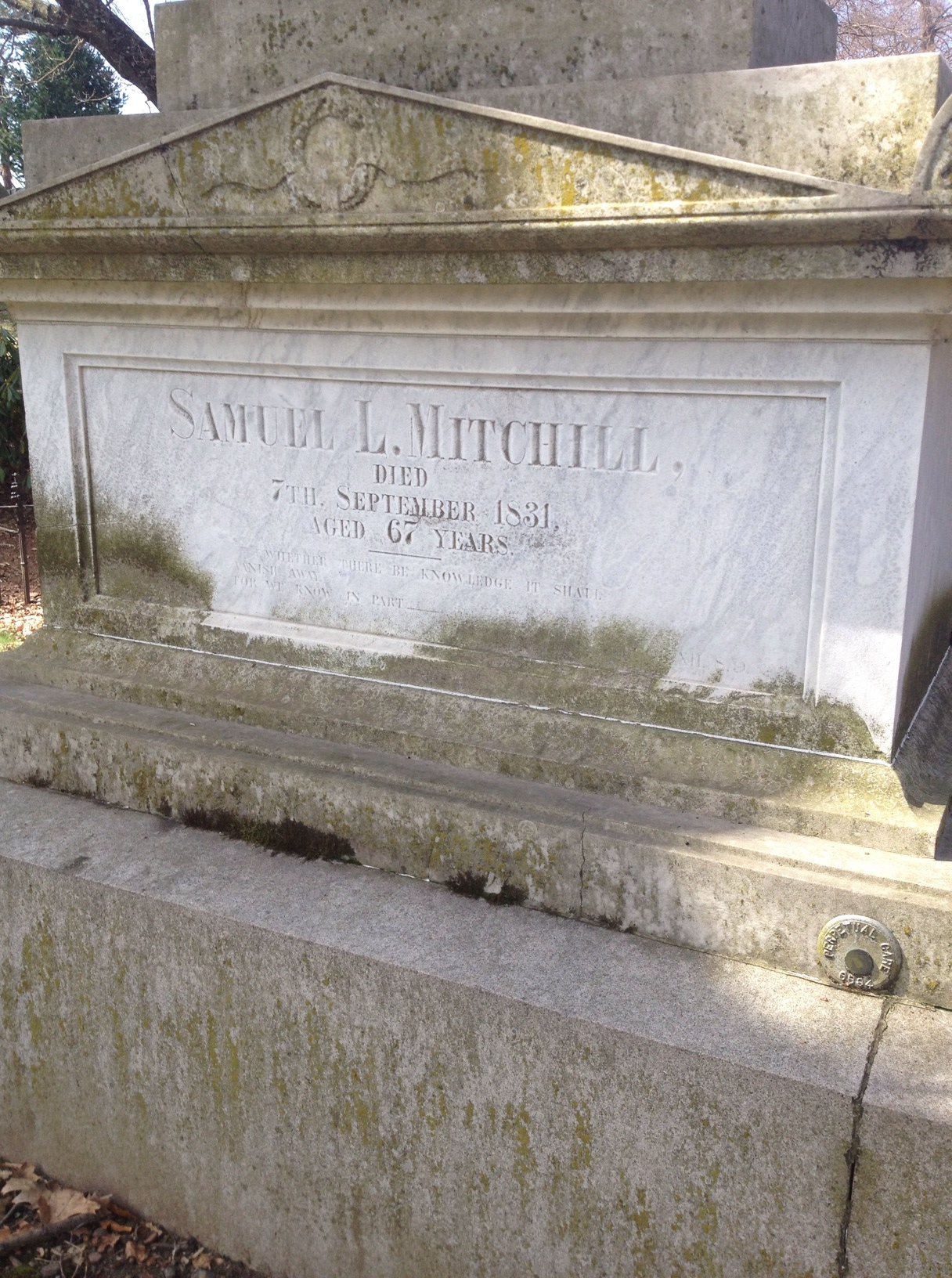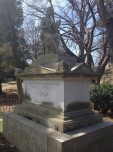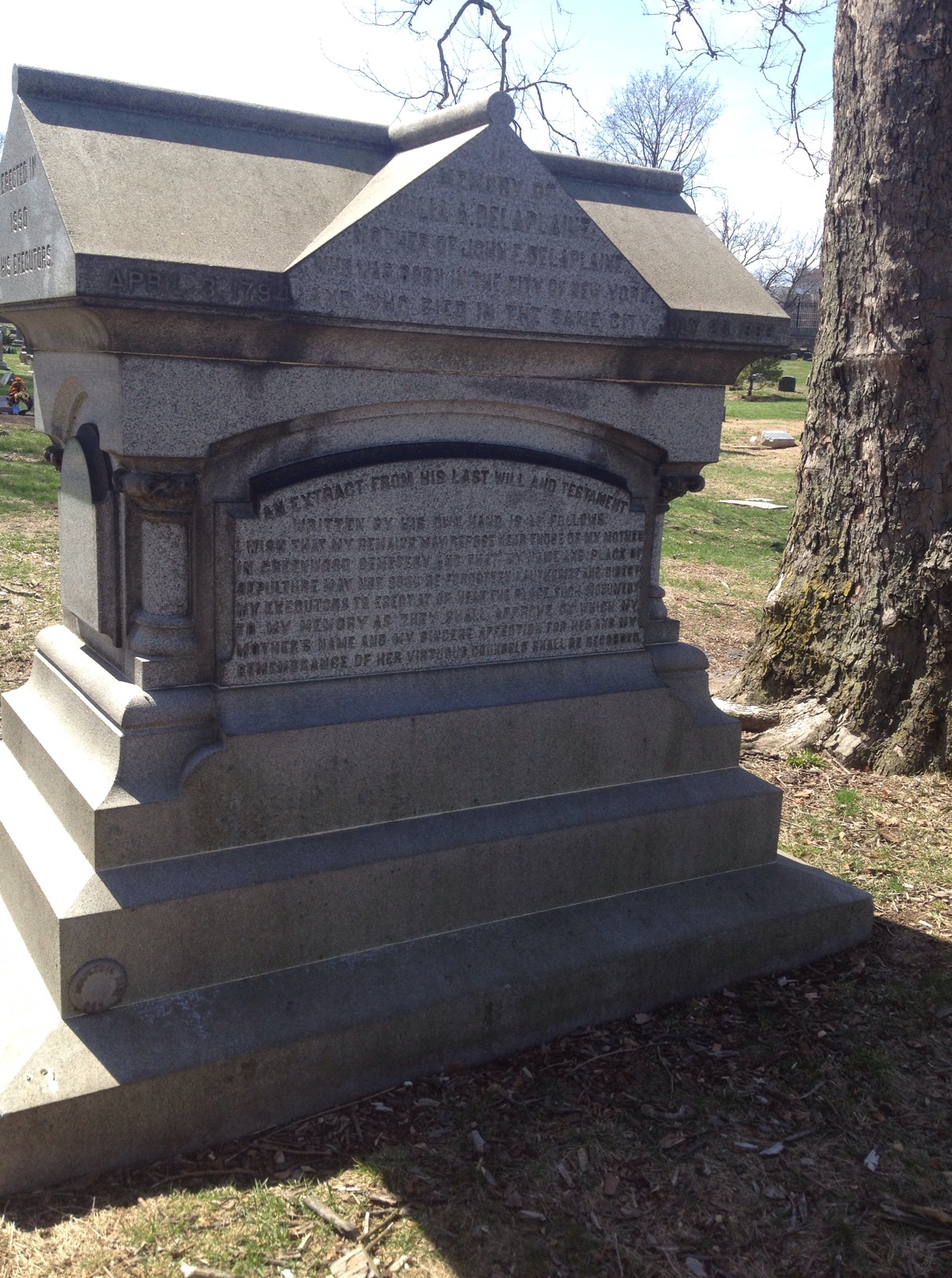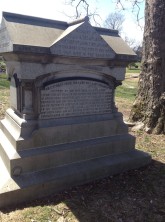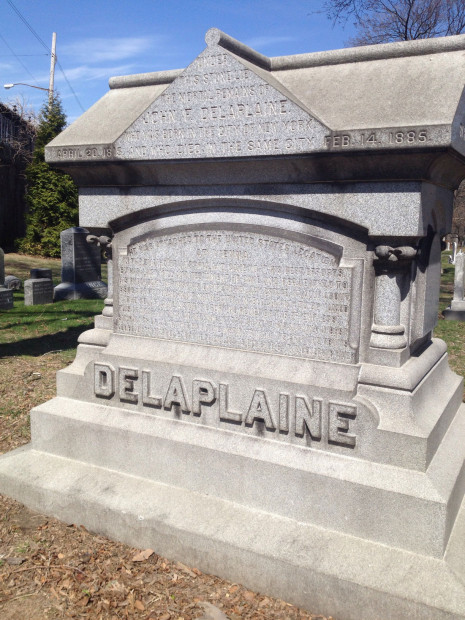This pursuit, of course, was proving to be futile considering that Green-Wood has over 560,000 residents, and I have difficulty finding my way out of a Rite-Aid. So I cheated. I looked it up.
For the record, that goes against my self-imposed policy of only writing about stuff that I find while wandering around aimlessly. That said, there was still a lot of wandering around aimlessly because despite the fact that I had a map, it still took me 2 freakin hours to find this plot.
On the other side of Sylvan Lake is a small circular lot– on it you will find the rather regal plot for the Spencer family. It’s a nice little stroll from the main entrance.
William Augustus Spencer (1855-1912) was born into a large, fabulously wealthy family. He had two brothers and four sisters. One of his sisters famously married into Italian royalty, becoming Princess di Vicovaro Cenci. His brother Lorillard was a publisher who founded the well-known Illustrated American Magazine. The family split their time between houses in Switzerland, Paris, and New York.
By the way, one of the houses their family owned was Halidon Hall, in Newport, Rhode Island. This is not only an interesting example of Gothic Revival architecture, but it was later home to “The Cowsills”–a corny singing family act that had a string of #1 hits in the 1960s. They were the original inspiration for the also-corny TV show, The Patridge Family. They often featured Halidon Hall on their record covers.
But I digress…
William’s brother–Lorillard Spencer–died in March of 1912, so William, his wife, and their maid were taking the Titanic back to New York to deal with his will.
On April 14, the Titanic hit an iceberg and sank into the icy waters of the Atlantic. William perished–his body was never found. His wife, Marie-Eugenie Spencer, and the maid Elise Lurette, found refuge in one of the Titanic’s lifeboats and were eventually saved.
Marie-Eugenie and Elise were in lifeboat #6, which is probably the most famous of the Titanic lifeboats thanks to the presence onboard of “the unsinkable” Molly Brown.
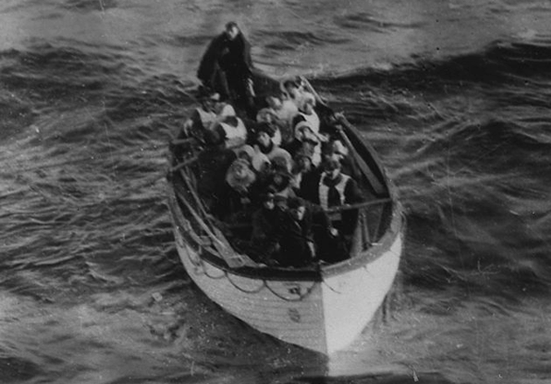
But more on them in a bit.
William Augustus Spencer–like the rest of his family–was crazy about books. He had a huge collection of the finest illustrated and bound French books in his Paris home. From the New York Public Library’s site:
Sometime in 1910, according to an often-repeated story that has acquired the status of legend, William Augustus Spencer visited the new central building of the New York Public Library, still under construction at Fifth Avenue and 42nd Street. He was impressed—so impressed that he vowed there and then that he would bequeath his personal collection of fine illustrated books in fine bindings to the Library.
After William’s death, the Spencer Collection was established, and these books were amongst the first exhibitions at the newly-built New York Public Library. Here’s an example of one:
You can look at all of them on the NYPL Digital Archives.
The book collection itself was worth over $40,000 (that is 1 gigabillion dollars by today’s economy), and was augmented by a generous cash donation for the future purchase of illustrated and finely-bound books. He also left behind a considerable estate. From the New York Times, July 10, 1914:
William Augustus Spencer, who was drowned when the Titanic sank on April 15, 1912, left a net estate of $2,218,650, according to an appraisal filed yesterday. The beneficiaries are Mrs. Marie Eugenie Spencer, his widow, $1,273,071; Lorillard Spencer, his nephew, $396,683; the New York Public Library, $394,095; and Eleanora L. S. Cenci, Princess de Vicovaro, his sister, $50,000.
Marie-Eugenie Spencer (1864-1913) died in Paris the next year at the age of 48. She was from a lower-class family, had been born out of wedlock, and was generally not accepted by the rest of the Spencer family. When Marie-Eugenie and William married in London in 1884, not a single member of the Spencer family attended. I’ve also read in several places that she was a manic depressive and morphine addict, which could account for her poor health and early demise.
The maid–Elise Lurette–was with Marie Eugenie until her death. She lived a long and comfortable life shuttling between Paris and Switzerland until her death in 1940 at the age of 87. When she was rescued from the lifeboat, she had in her pocket a menu from the Titanic’s dining room and a first-class deck plan. Just prior to the disaster, she had mailed this postcard to her nephew:
